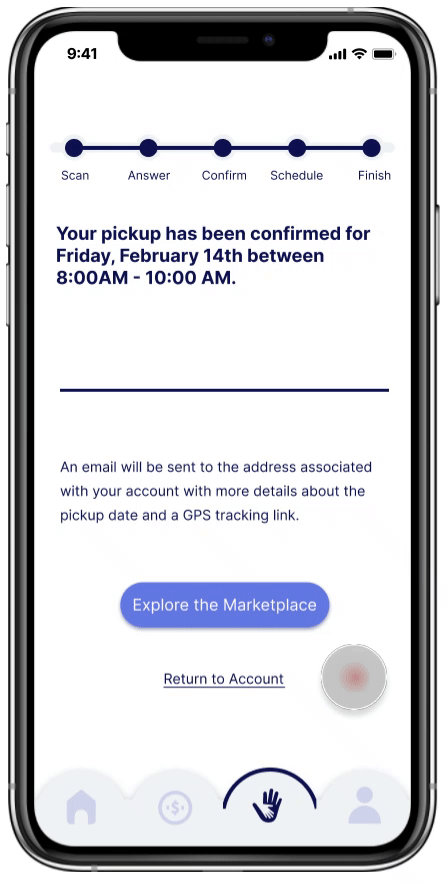
2020 Interaction Design Studio Team Project
Construction Junction Mobile Service Design
Construction Junction is a large non-profit warehouse that sells surplus construction materials and appliances at reduced prices. Our job was to detect any problem in its service and design a mobile app that provides value and introduces a new way of thinking within the company.
Team:
Jisoo Geum / John Han / Rissa Lee / Nick Simons
Skills:
Stakeholder Map, Value Flow Model, Semi-Structured Interview
Stakeholder Map
We first came up with a list of stakeholders that were involved in Construction Junction’s ecosystem and then grouped the stakeholders by relevance and frequency of interaction.
Stakeholders List
Stakeholder Map Draft
Final Stakeholder Map
Many distinct actions and requests were being shared between donors, delivery crew, deconstructors, and operations managers. This was our first hint that that there was an opportunity to simplify the process of donation in the services being provided by Construction Junction.
Value Flow Model
We then created the value flow model to identify specific opportunity points and potential inconveniences the stakeholders may experience during the process.
Value Flow Model Draft
Final Value Flow Model
Value flow model outlined pathway of data exchange that seemed to require a middle-man (Operations Manager) to be completed. This again signaled to our team an opportunity to simplify the donation process.
Problem Space
Solution
We decided to create a mobile service which leverages a direct connection between donors and the delivery crew & deconstructors. By replacing the organizing and scheduling role of the Operations Manager with our mobile application, we envisioned a donation process that would be simpler for donors.
Lo-Fi Wireframing
With the foundations of our research in place, we decided to implement donation wizard to increase efficiency, as well as the camera features to check whether the items are eligible for donation.
Mid-Fi Wireframing
Rather than having to look at a wall of text (the eligibility list currently online at cjreuse.com), we created a grid system with icons based on those we had seen on Construction Junction’s website to reduce cognitive demands..
Inspired by the Measure apps on iOS and Android, we decided to incorporate a feature that would enable users to measure and scan items to ensure that they are eligible for donation.
For instances where the app’s data and programming would not be able to definitively determine an item’s eligibility, we also developed screens that asked additional questions. Finally, we condensed the entire pick-up scheduling module into one screen by leveraging saved account information like “address.”
Hi-Fi Wireframing
We adjusted the color scheme and added in various microinteractions that would delight users as they used our app.
Donation wizard consolidated the multi-screen categories pages into a single page for less user effort.
Categories
Selection
After taking an inspiration from the Android apps SCANN3D and Display.land, we changed the interaction by incorporating a scanning feature that creates a 3D model of scanned objects and uses AR dots to signify object detection.
AR Dots Scan
3D Model
The 3D model system provided us with a more compelling and smarter way to present information about item features that disqualified them for donation, thus eliminating the need for the text-heavy eligibility list..
Ineligible Item (Front View)
Ineligible Item (Back view)
We also developed a microinteraction for eligibility questions that could not be answered by a scan of the item.
Eligibility Confirmation
Pick-Up Schedule
The moving truck at the very end of the donation wizard process, a delightful movement that let’s users know they’ve successfully scheduled a donation.
Future Opportunities
Because we already built out an AR prototype for donors, we thought that using this same technology for customers would be a great way to help individuals determine whether or not they would want to buy a specific item.
Similiar to IKEA’s technology, we would like to explore an AR function where users can interact with selected furnitures on an online marketplace and “view” it in their home.

























